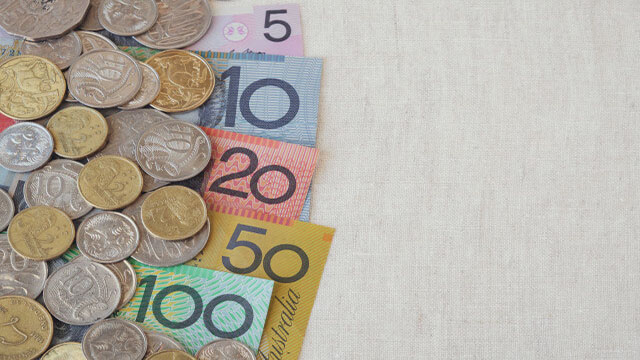
 793
793
Australian Dollar Struggles Amidst Rising Inflation and Trade Tensions
The Australian Dollar (AUD) is facing significant challenges as risk aversion increases among traders. Recent data revealed a rise in Consumer Inflation Expectations in Australia, which climbed to 4.6% in February from 4.0% in the previous month. However, the AUD has been under pressure from the strengthening US Dollar (USD), exacerbated by geopolitical tensions and indications from the US Federal Reserve that it is not in a hurry to lower interest rates.
The ongoing decline of the AUD against the USD is particularly pronounced amidst rising tariffs imposed by the US government, including a 25% tariff increase on various imports. Criticism from US trade officials targeting Australia heightens concerns regarding trade relations between the two countries. Currently, Australia is seeking exemptions from the tariffs, which the US president has signaled he might consider, although trade imbalances remain a contentious issue.
Market speculations about a potential upcoming rate cut from the Reserve Bank of Australia (RBA) are gaining momentum. With the cash rate currently at 4.35%, forecasts indicate a considerable likelihood of a cut to 4.10% during the next meeting, driven by indications that inflation is decreasing faster than expected. This anticipated shift in monetary policy adds further strain to the Australian Dollar.
In contrast, the US Dollar Index remains stable near the 108.00 mark. Traders are closely watching upcoming US Consumer Price Index (CPI) data, with expectations for headline inflation to hold steady at 2.9% year-over-year. The Federal Reserve has signaled it will likely delay any rate cuts, focusing instead on measured responses to economic indicators. Recent labor market reports indicate a complex economic landscape, with steady growth accompanied by slowing job growth.
As the AUD/USD exchange rate circles the 0.6280 mark, it sustains a foothold above key moving averages, suggesting some short-term momentum. Analysts suggest that the pair could approach the important psychological level of 0.6300, with an eight-week high of 0.6330 also being within reach. However, a breach below the critical support levels could signal a loss of momentum, possibly pushing the exchange rate towards the lower threshold of 0.6200.














